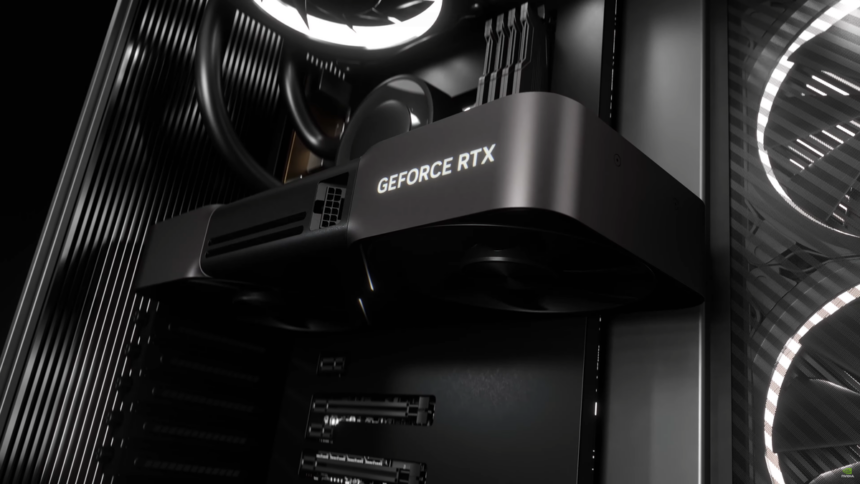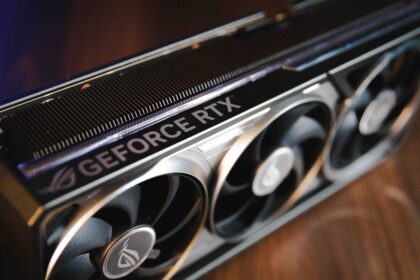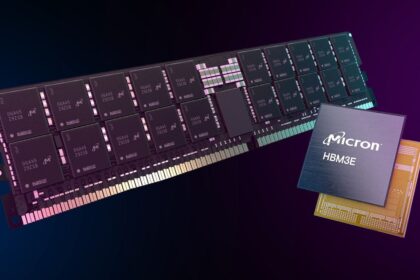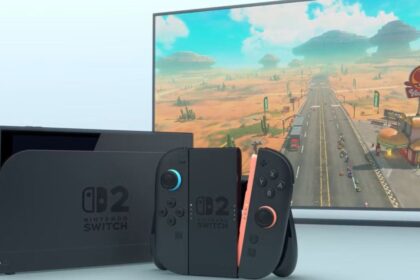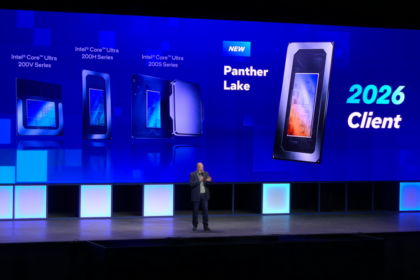Since the announcement of the GeForce RTX 50 series, there’s been a lot of buzz in the community regarding the true capabilities of the new GPUs without DLSS 4. During a recent closed event (reported by WCCFtech), NVIDIA revealed that the RTX 5090, for instance, delivers a 30% performance boost over its predecessor. This notably differs from the significant performance gains seen with AI-powered features, like the more than 2x improvement from the RTX 4090.
The generational performance leap between GPUs is particularly striking. The RTX 5080 offers a 15% improvement over the RTX 4080, while stepping down the line, the difference is even more noticeable: a 20% increase in performance between the RTX 5070 and RTX 5070 Ti compared to their Ada Lovelace counterparts.
This data specifically refers to GPUs running games with native ray tracing, without the aid of DLSS, particularly the new version with its multi-core generator, a feature exclusive to the GeForce RTX 50 series.
And what is the real performance of the RTX 50?
When Jensen Huang introduced the new Blackwell GPUs, designed for both gaming and AI (as NVIDIA continues to focus heavily on AI), he made a bold statement: the RTX 5070 would match the performance of the RTX 4090. This sparked a lot of speculation—would this performance difference be due to software enhancements like AI, or would it be a result of hardware improvements? We’ll dive into that question here.
NVIDIA has promised that all RTX 50 series GPUs will deliver twice the performance of their predecessors, thanks to the power of DLSS 4, which will boost games that already support this technology, even before the new GPUs are officially released.
With the GeForce RTX 5090 and RTX 5080 launching on January 30th, we’ll have to wait for real-world tests to see how these new GPUs perform without DLSS 4 and how they compare to their predecessors in practical use.

